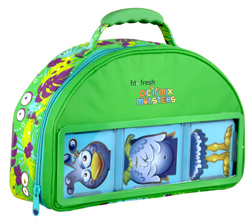Our bodies tell us which foods work for us and which ones do not but we often times don’t listen, probably because we don’t want to hear what our body is telling us. Who wants to give up dairy or wheat or chocolate if they don’t have to? Not many people that’s for sure. While it is interesting and informative to listen to the latest nutrition news, recent findings are never more important than what makes your body feel good and healthy. I am not talking about eating a bowl of ice cream and feeling fantastic right after, I am referring to how you feel later that night or the next day. Do you feel light and energetic, or sluggish and tired? Most of us have overlooked these subtle messages for years and we wake up one day and feel old or in pain and think what happened, what drug can fix me now?
The same holds true for our children. Every lecture I give has at least several parents in the audience who are worried about how their child reacts to a certain food; most of the time their concern is about dairy. They have usually already spoken with their child’s pediatrician and some have even had their child tested for allergies. If their belief is not confirmed from a standard allergy test many go back to giving their child the food that they believe their child reacts to. It is easier to make a change in our child’s diet when we have definitive proof from a blood test.
What is a parent to do when their observation is not supported by an allergy test? What if you are convinced that sugar makes your child hyperactive and your doctor tells you that there is no scientific proof that sugar can do that (that’s the truth by the way)? You trust your instinct! I recommend that parents eliminate the suspected food or drink for 3 to 5 days, observe their child’s behavior and then add back the suspected food and observe again. Your child will either react and confirm your suspicion or they won’t. If you are not sure, remove the suspected food for longer but it is best to have guidance when you do this.
Depending on the food your remove you may need to follow the advice of a pediatrician or nutritionist that works in the area of food sensitivities; naturopaths are great for this. You don’t want to remove dairy from your child’s diet and not replace it with something else if that is their primary source of protein and calcium for example. Once you are armed with the proof you need, make the necessary changes and inform your child’s pediatrician about it. Just don’t expect them to agree.
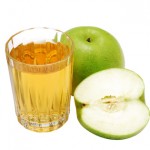
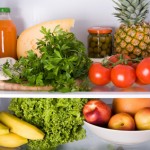
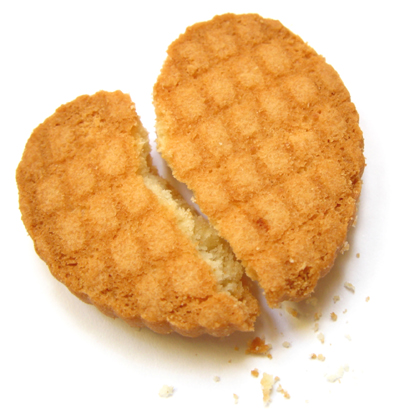
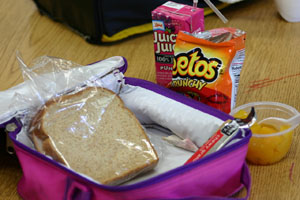
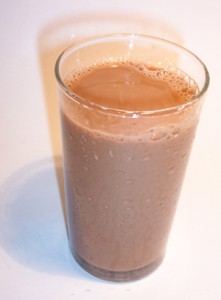
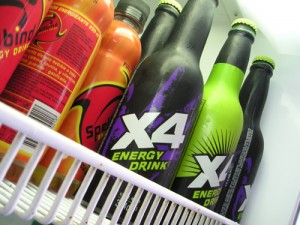


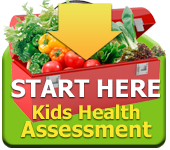
 Dr. Debbie Kennedy (Dr. Deb) is a pediatric nutritionist with 23 years of experience in the field. She has worked with both Yale and Columbia Universities, and has developed programs for some of the industry’s luminaries such as Dr. David Katz and Dr. Mehmet Oz.
Dr. Debbie Kennedy (Dr. Deb) is a pediatric nutritionist with 23 years of experience in the field. She has worked with both Yale and Columbia Universities, and has developed programs for some of the industry’s luminaries such as Dr. David Katz and Dr. Mehmet Oz. 